|
In February people’s thoughts turn to love – whether we want them to or not – so I thought I might take a brief look at some Tudor and Stuart love stories, though not the kind with happy endings. 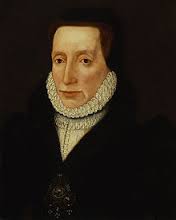 Margaret Douglas Margaret Douglas In the mid sixteenth century with Henry VIII on the throne and no male heir, the Tudor dynasty was not secured; meaning marriages that might challenge the throne were dangerous indeed. This resulted in a number of sorry tales of star-crossed romances and the incarceration of some of the noblest lovers in the land. One such lover was Lady Margaret Douglas. Born in 1515, Margaret was the daughter of Henry VIII’s elder sister Margaret Tudor and her second husband Archibald Douglas, Earl of Angus. She lived under the watchful eye of her uncle at the English court, eventually joining Anne Boleyn’s household. Margaret was a particularly romantic girl, being part of a group of young courtiers that wrote and exchanged love poems. The love sonnet was becoming fashionable in English court circles, as a result of Thomas Wyatt and Henry Howard’s re-workings of Plutarch. Fuelled by notions of romantic love, and also perhaps by the unusual example of the King who had recently made a love match with Anne Boleyn, the young and attractive coterie around the new Queen created a hothouse ambiance of flirtation. This was encouraged by Anne Boleyn and would later be used against her. 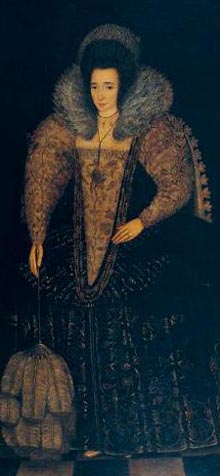 Bess Throckmorton Bess Throckmorton It is probable that the king hoped to make a useful alliance by marrying Margaret into one of the European ruling houses, but while no marriage was arranged it was perhaps inevitable that Margaret’s head would be turned in this heady atmosphere. She fell for one of the Queen’s cousins: Lord Thomas Howard whose family was exceedingly powerful. She and Thomas met in secret, exchanging love tokens and eventually engaged in a secret betrothal. This was a serious commitment at a time when to make such a promise in front of a witness was a binding contract. Their betrothal remained a secret for a year, perhaps due to the fact that the King’s attentions were entirely taken up with the collapse of his second marriage, ending with the Queen, for whom he had sacrificed so much, on the scaffold. With the fall of her mother the two-year-old Elizabeth Tudor was, like her half sister Mary, deemed illegitimate, meaning that Margaret Douglas found herself second in line to the English throne, after her half-brother James V of Scotland. This made her secret betrothal to one of the powerful Howards all the more dangerous, as any male heirs from the match could potentially destabilise Henry’s position. 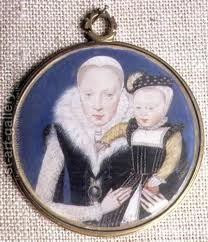 Katherine Grey Katherine Grey So when Henry, newly married to Jane Seymour, got wind of the secret romance the erstwhile couple were clapped in the Tower, where they continued to exchange gifts and poems. They were entirely oblivious to the fact that Henry was forcing a new law through parliament that deemed those of royal blood who married without consent, and those who sought to marry them, as committing treason. Thomas was condemned to death; Margaret fell seriously ill and was released into the care of the nuns at Syon Abbey. Some months later poor Thomas died of ‘an ague’ still incarcerated in the Tower. Margaret, with her beloved Thomas dead and shunted to third in line after the birth of Edward Tudor, was released and pardoned, going on to serve the next Queen, Anne of Cleves, and her successor the young and naïve Katherine Howard. Margaret behaved impeccably in the four years following the debacle that sent her to the Tower, but her romantic spirit had not been entirely quashed and it was yet another Howard boy, this time Charles, brother to the new queen, who caught her eye. But Katherine Howard was on the brink of a calamitous fall, due to her own amorous and adulterous behaviour, and when her household was investigated Margaret’s flirtation with Charles Howard emerged. He was banished and she was warned in no uncertain terms by the King that having ‘demeaned herself towards His Majesty, first with the Lord Thomas Howard, the second with Charles Howard’, to ‘beware the third time’. She was later happily married to the charismatic Earl of Lennox, in a political alliance that gave Henry VIII leverage over Scotland. This marriage produced two sons, one being Lord Darnley who was the second husband of Mary Queen of Scots and father of Scottish King James VI who eventually became James I of England. 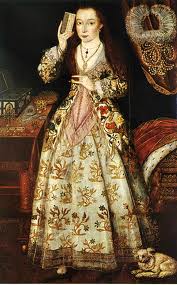 Elizabeth Vernon Elizabeth Vernon A few decades later, during Elizabeth’s reign, love became an increasingly dangerous business. The queen’s cousin, Lady Katherine Grey, sister of the tragic Jane, secretly married the Earl of Hertford, was imprisoned and gave birth to two sons in the Tower. The eldest, as the first boy to be born with Tudor blood for some years, would have had a strong claim to the throne, had Elizabeth not had him deemed illegitimate. Poor Lady Katherine died in captivity and her sister, Lady Mary, too, was imprisoned for an unsanctioned marriage. Elizabeth was notoriously averse to her maids-of-the-chamber getting hitched, royal blood or not, and a number of them ended up incarcerated: Anne Vavasour, who gave birth to the Earl of Oxford’s bastard in the maid’s dormitory at Whitehall Palace, and Queen’s favourites, Bess Throckmorton and Sir Walter Ralegh, were sent to the Tower. Elizabeth Vernon, who secretly married the Earl of Southampton, had a spell in the Fleet Prison. Other’s avoided prison but were banished from court, like Lettice Knollys who wed the Queen’s beloved Earl of Leicester never to be forgiven, and her daughter-in-law, Frances Walsingham, whose marriage to Lettice’s son the Earl of Essex (another of the Queen’s favourites) was cast out from court for life. 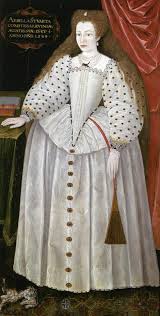 Arbella Stuart Arbella Stuart Another sad story is that of the granddaughter of the above-mentioned Margaret Douglas. Arbella Stuart was, like her grandmother, a strong claimant to the English throne. Some championed her as Elizabeth’s heir, suggesting her claim was stronger than that of her cousin James VI of Scotland, as she’d been born on English soil; but it was James who won out. Seventy years had passed since Margaret Douglas’s incarceration, when Arbella found herself in a similar situation. Having secretly married William Seymour (grandson of the above mentioned Lady Katherine Grey) the couple were locked up: William in the Tower and she under house arrest in Highgate. The doughty couple managed to both escape, Arbella dressed as a boy. Sadly William failed to make it to their meeting place on time and Arbella was obliged to set sail without him in the hope that they would be reconciled once on the continent. But her ship was captured off Calais and she was returned to the Tower where some accounts say, she starved herself to death. William made it to the Low Countries where he spent some years as a fugitive only able to return to England after Arbella’s death. On that note, Happy Valentine’s Day! For Margaret Douglas and Katherine Grey’s stories see Leanda De Lisle’s Tudor: The Family Story & The Sisters who would be Queen; for the shenanigans of Elizabeth’s maids- of-the-chamber see Anna Whitelock’s Elizabeth’s Bedfellows and for Arbella Stuart’s sad tale see Sarah Gristwood’s Arbella: England’s Lost Queen. Elizabeth Fremantle’s novel Sisters of Treason – out May 2014 – tells the tragic story of the Grey sisters.
1 Comment
|
Subscribe to Elizabeth's quarterly newsletter below:Archives
June 2018
Categories
All
|
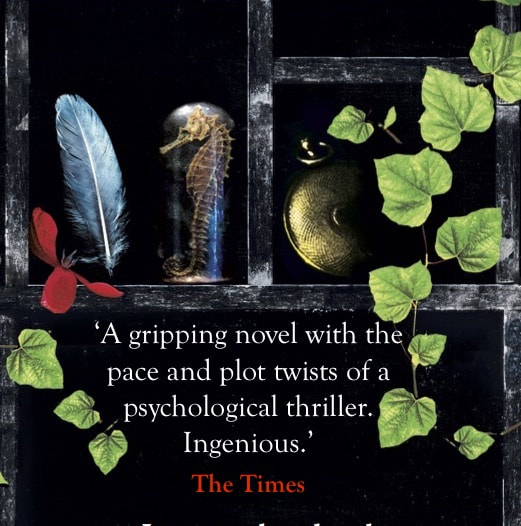
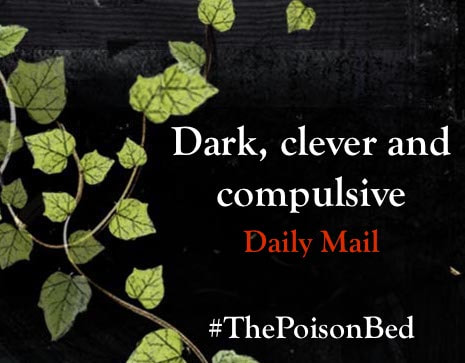
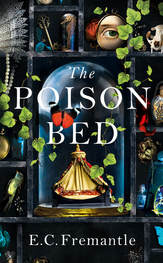

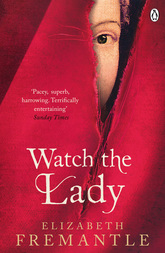
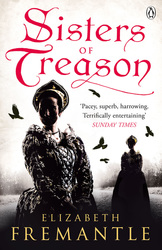
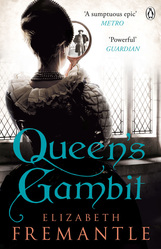
 RSS Feed
RSS Feed
